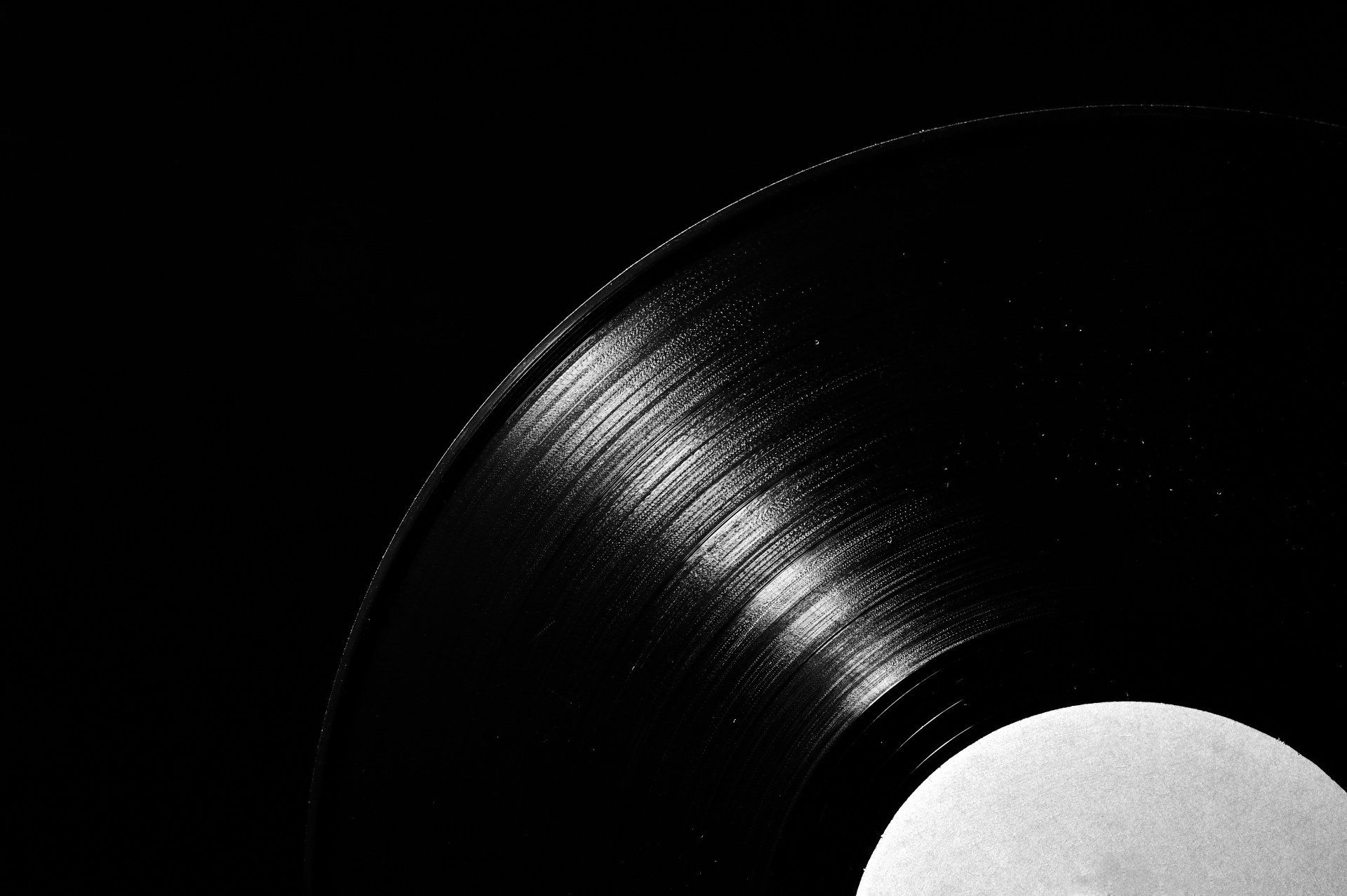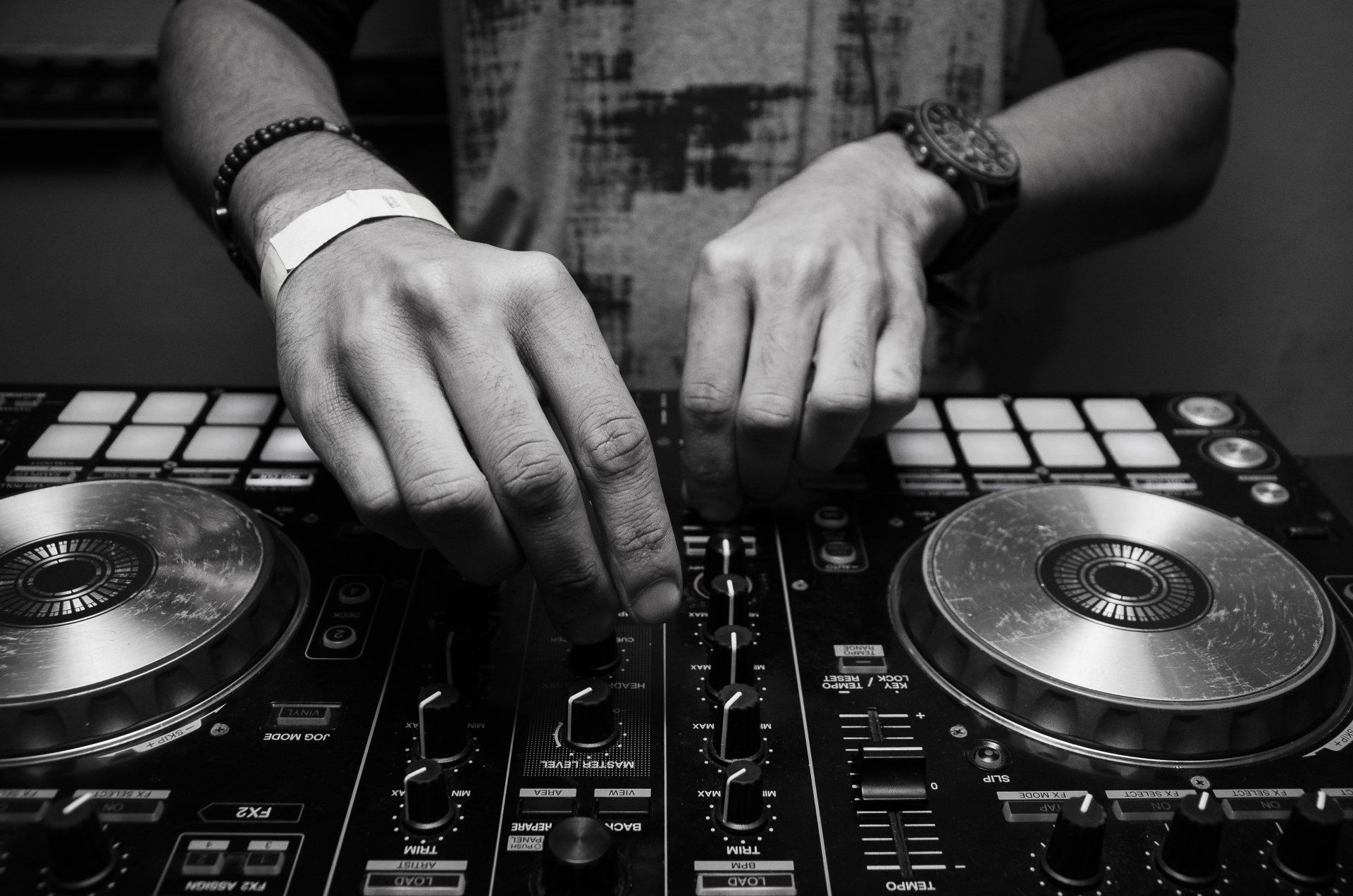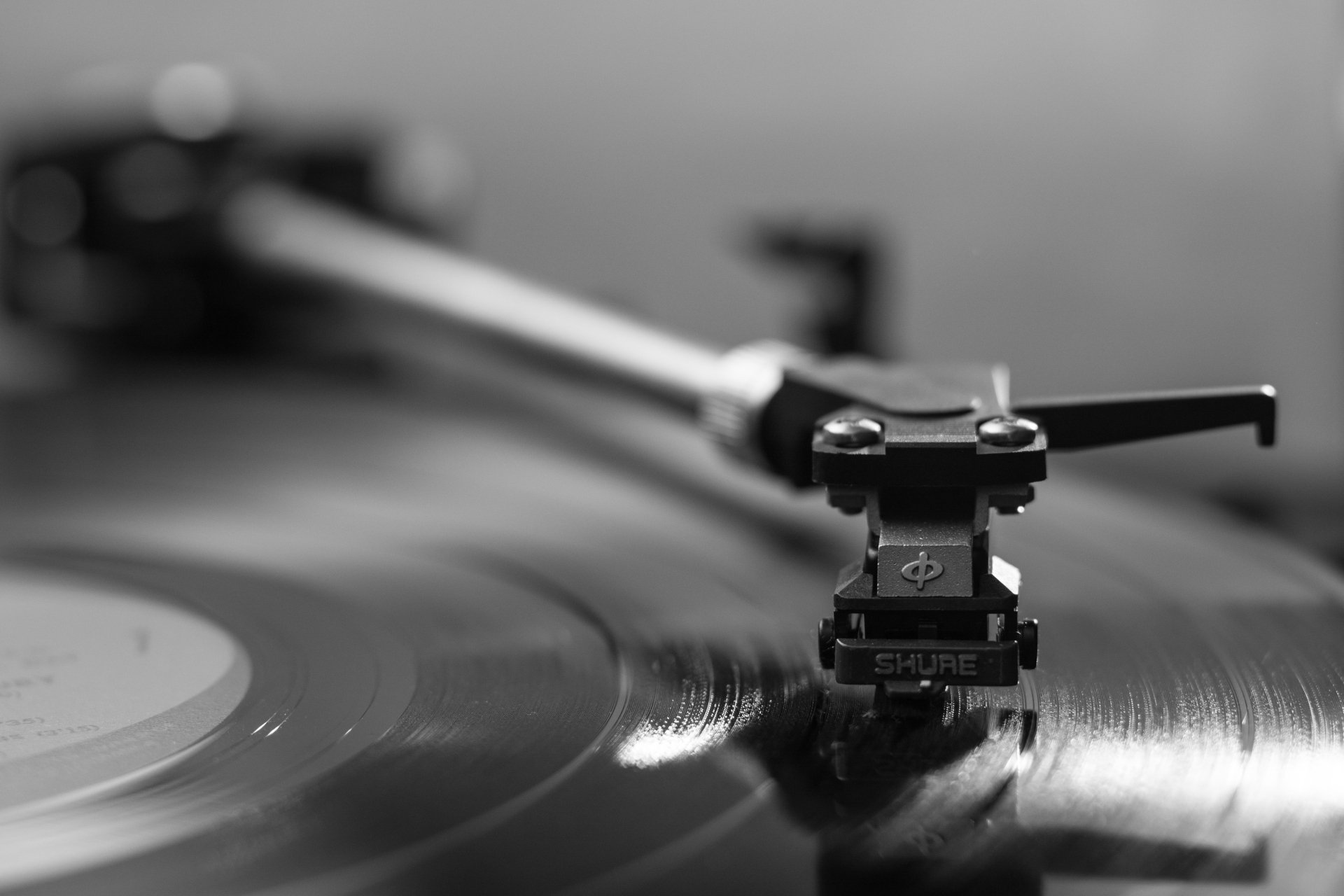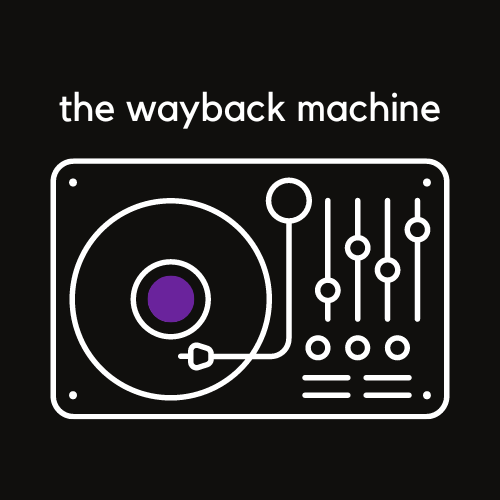Dance the Night Away: Choosing the Ideal DJ Format for Your Corporate Party
This is a subtitle for your new post

Hosting a corporate party is an excellent way to celebrate achievements, foster team spirit, and create lasting memories for your employees and clients. The right entertainment can make or break the party, and that's where a professional DJ comes in. With numerous DJ formats available, finding the ideal one for your corporate event can be overwhelming. In this article, we'll help you navigate through the options and select the perfect DJ format to ensure your guests dance the night away.
- Classic Vinyl DJ: For those seeking a touch of nostalgia and an authentic DJ experience, a classic vinyl DJ is a fantastic choice. Using traditional turntables and vinyl records, these DJs create an ambiance that harks back to the golden era of DJing. The warm and organic sound of vinyl appeals to music enthusiasts and creates a unique atmosphere that sets the tone for the evening. Additionally, vinyl DJs are skilled at curating themed playlists, and the tactile nature of vinyl mixing adds an element of spectacle to the party. If your corporate event has a retro or vintage theme, a classic vinyl DJ will be a perfect fit.
- Interactive DJ Experience: To take your corporate party to the next level of engagement, consider an interactive DJ experience. Interactive DJs use cutting-edge technology to involve the audience in the music-making process. From digital song requests and live voting for the next track to interactive games that incorporate music, these DJs create an immersive and participative environment. Your guests will love being actively involved in the music selection and entertainment, making the event more memorable and enjoyable. This format works exceptionally well for team-building events and parties where fostering interaction and collaboration is the primary goal.
- Silent Disco DJ: If your corporate event is held in a noise-sensitive venue or you want to offer guests a unique experience, a silent disco DJ might be just what you need. In this format, guests wear wireless headphones to listen to the DJ's music, ensuring an intimate and immersive experience without disturbing others. Silent disco DJs can offer multiple channels, allowing guests to choose between different music styles, making it a hit for parties with diverse musical preferences. The silent disco format also encourages more significant conversations and networking opportunities, as guests can easily switch between dancing and engaging in conversations without leaving the dance floor.
In conclusion, choosing the ideal DJ format for your corporate party depends on the event's theme, venue, and desired level of interaction. Whether you opt for the nostalgia of a classic vinyl DJ, the excitement of an interactive DJ experience, or the uniqueness of a silent disco, a professional DJ will elevate the entertainment and ensure a night of dancing, laughter, and camaraderie. So, get ready to dance the night away and create unforgettable memories at your next corporate party.
own from a different source.


